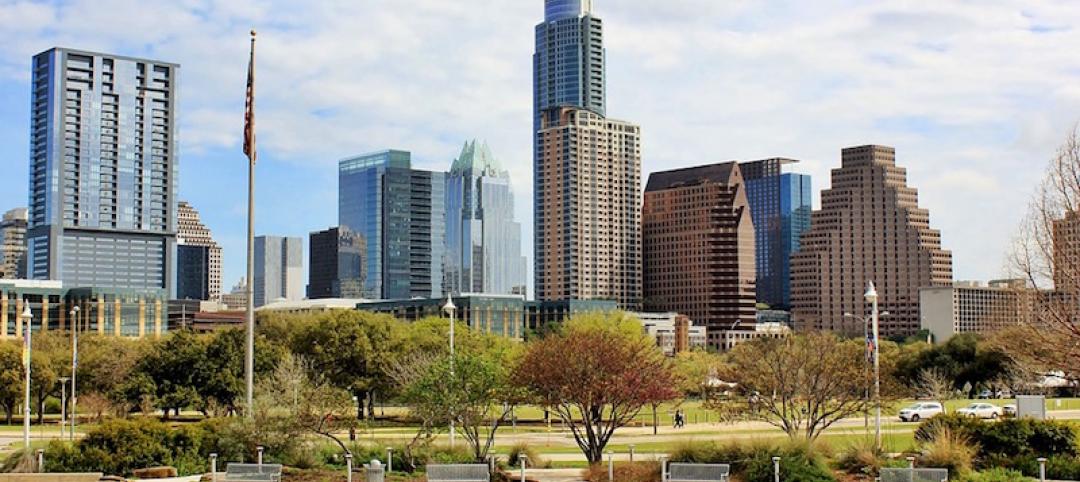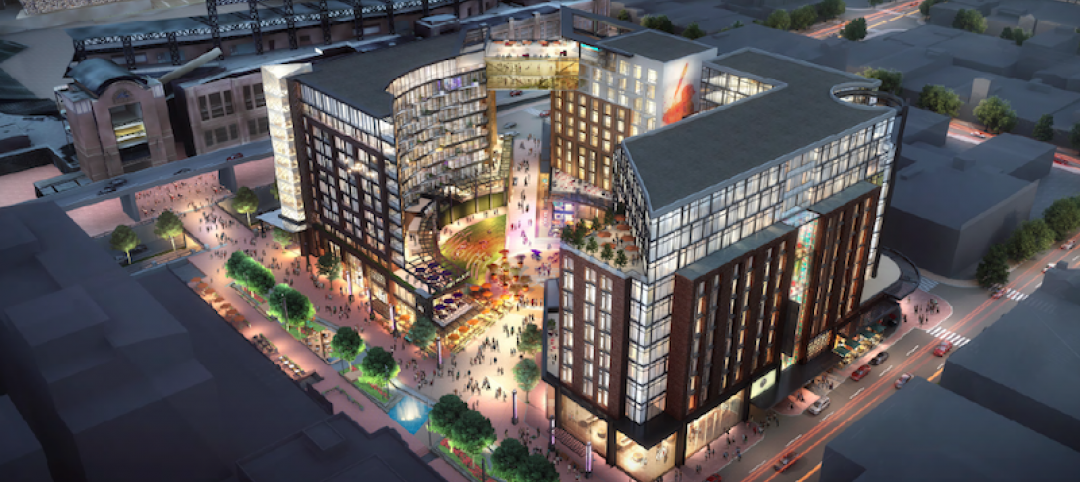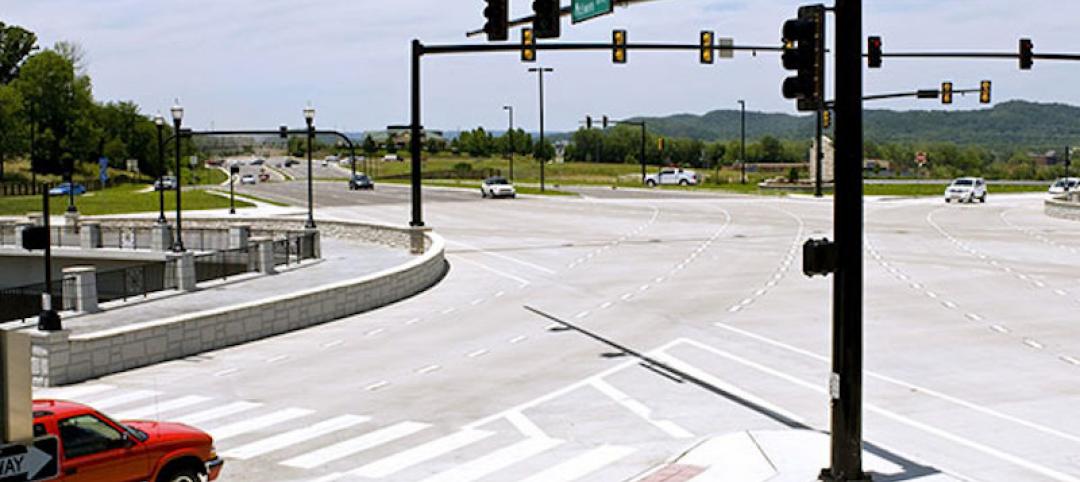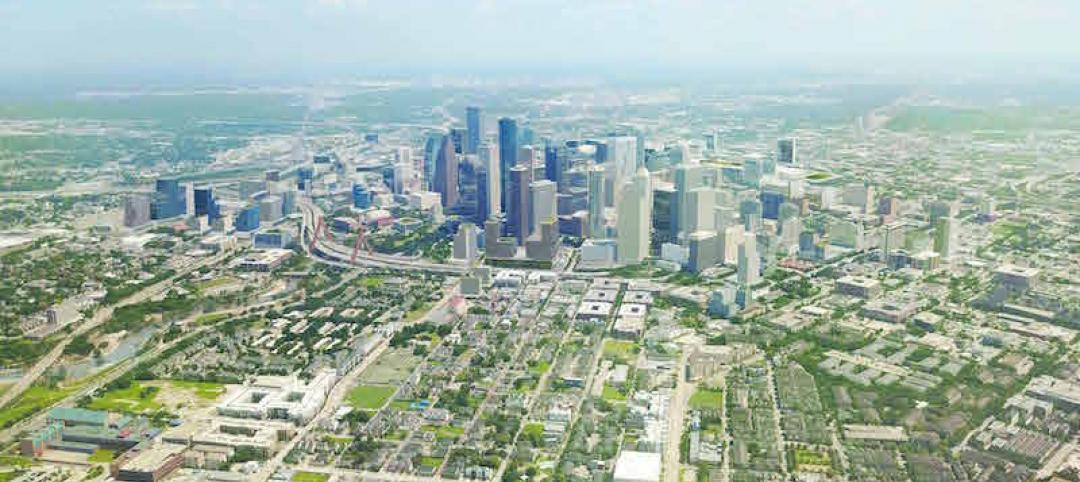Dissing+Weitling is a Danish architecture firm that is becoming very well known for creating bicycle pathways for cities to help alleviate automobile traffic and provide more environmentally forms of transportation. In Copenhagen, the firm created The Bicycle Snake and The Super Bicycle Pathways, which have helped the city become the most bicycle-friendly city in the world, according to some rankings.
It is this experience with creating bike-specific infrastructure that led the Chinese city of Xiamen to enlist the firm to help it create a better environment for bicyclists. Xiamen’s infrastructure was mainly focused on cars and buses, which makes it difficult and hazardous to bicycle along the city’s main arterial routes. The solution to avoid traffic and the hazards associated with it was to raise the bike lane off the ground and create a dedicated bicycle skyway on raised platforms.
The skyway, which, in addition to being China’s first suspended bike path, is the longest elevated bike path in the world, runs along and underneath the city’s existing overhead Bus Rapid Transit system in the central part of the city. The green-floored path is 4.8-meters-wide and its record-breaking 7.6 kilometer distance covers the city’s five major residential and three business centers.
There are 11 different entry points along the path that correspond with 11 bus stations and two subway stations. For anyone who is interested in using the path as a greener alternative to driving a car or taking public transportation but doesn’t have his or her own bike, the new path will provide 355 cycles for hire. Additionally, 253 parking spaces for private bikes on seven separate platforms will be provided.
The entire 7.6-kilometer path was designed and completed in just six months and is currently in use. The Xiamen City Public Bicycle Management Company operates the path for the city’s 3.5 million residents.
 Image courtesy of Dissing + Weitling.
Image courtesy of Dissing + Weitling.
For more images of the completed path, click here.
Related Stories
Urban Planning | Feb 12, 2018
Stormwater as an asset on urban campuses
While there is no single silver bullet to reverse the effects of climate change, designers can help to plan ahead for handling more water in our cities by working with private and public land-holders who promote more sustainable design and development.
Urban Planning | Jan 24, 2018
Vision Zero comes to Austin: An outside perspective
Aside from the roads being wider and the lack of infrastructure for bikes and pedestrians, there seemed to be some deeper unpredictability in the movement of people, vehicles, bikes, and buses.
Urban Planning | Jan 10, 2018
Keys to the city: Urban planning and our climate future
Corporate interests large and small are already focused on what the impact of climate change means to their business.
Urban Planning | Jan 2, 2018
The ethics of urbanization
While we focus on designing organized and supportive architecture, much of urbanization is created through informal settlements.
Urban Planning | Dec 5, 2017
A call for urban intensification
Rather than focus on urban “densification" perhaps we should consider urban “intensification.”
Urban Planning | Dec 4, 2017
Sports ‘districts’ are popping up all over America
In downtown Minneapolis, the city’s decision about where to build the new U.S. Bank Stadium coincided with an adjacent five-block redevelopment project.
Urban Planning | Dec 4, 2017
Can you spark an urban renaissance?
Thoughtful design, architecture, and planning can accelerate and even create an urban renaissance.
Urban Planning | Nov 20, 2017
Creating safer streets: Solutions for high-crash locations
While there has been an emphasis on improving safety along corridors, it is equally important to focus on identifying potential safety issues at intersections.
Urban Planning | Nov 16, 2017
Business groups present a new vision of Downtown Houston as that city’s unavoidable hub
The plan, which took 18 months to complete, emphasizes the centrality of downtown to the metro’s eight counties.
Architects | Oct 30, 2017
City 2050: What will your city look like in 2050?
What do we think the future will look like 30 years or so from now? And what will City: 2050 be like?

















